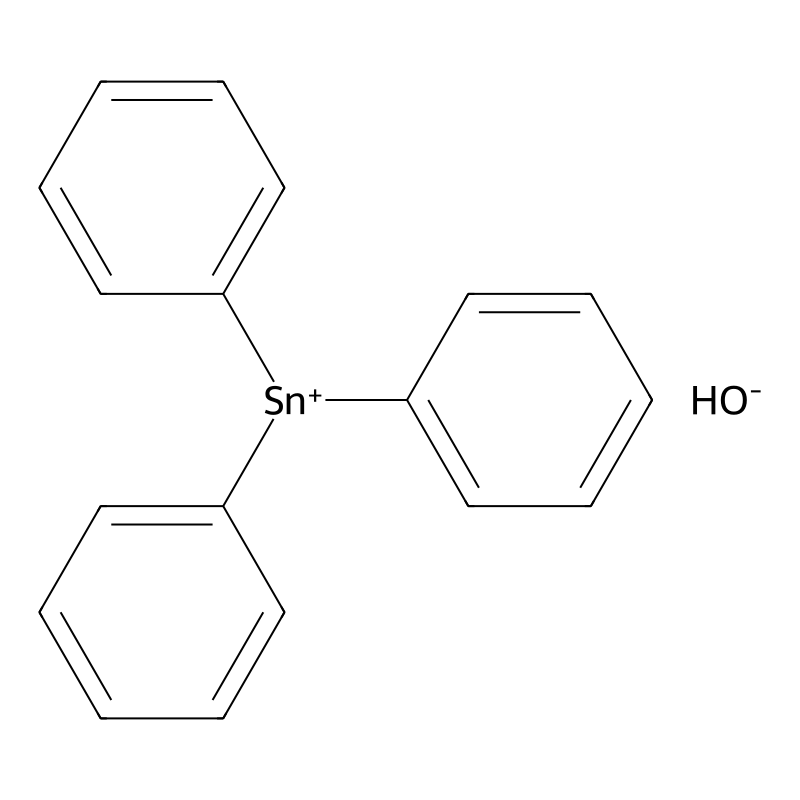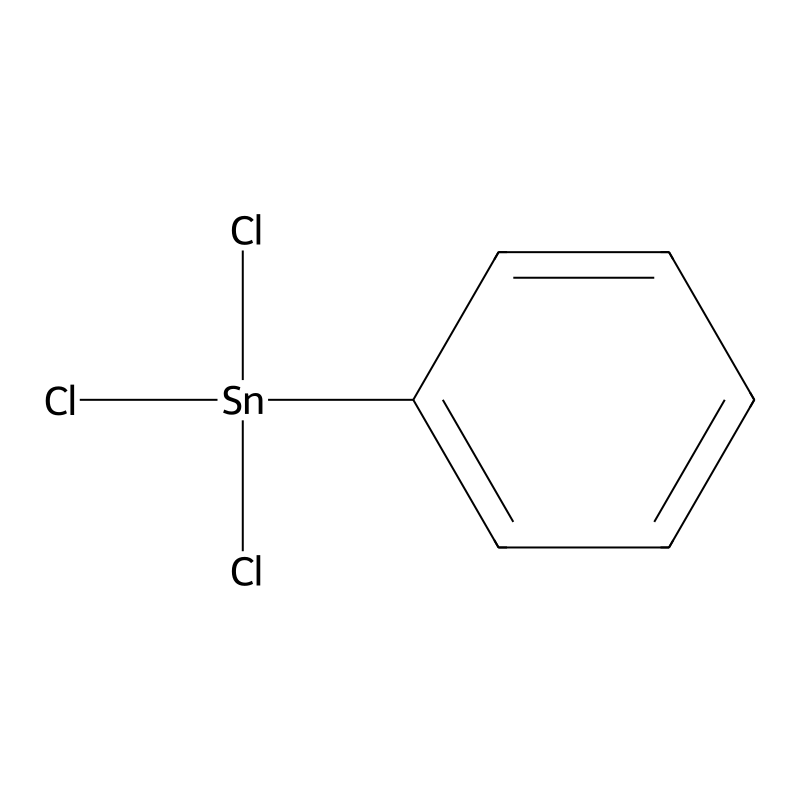Organotin Reagents
CAS No.:76-87-9
Molecular Formula:C18H17OSn
Molecular Weight:368.0 g/mol
Availability:
In Stock
CAS No.:1124-19-2
Molecular Formula:C6H5Cl3Sn
Molecular Weight:302.2 g/mol
Availability:
In Stock
CAS No.:892-20-6
Molecular Formula:C18H15Sn
Molecular Weight:350 g/mol
Availability:
In Stock
CAS No.:13355-96-9
Molecular Formula:C4H13ClO2Sn
Molecular Weight:247.31 g/mol
Availability:
In Stock
CAS No.:19429-30-2
Molecular Formula:C8H18Cl2Sn
Molecular Weight:303.84 g/mol
Availability:
In Stock
CAS No.:336879-56-2
Molecular Formula:C4H12O3Sn
Molecular Weight:226.85 g/mol
Availability:
In Stock





